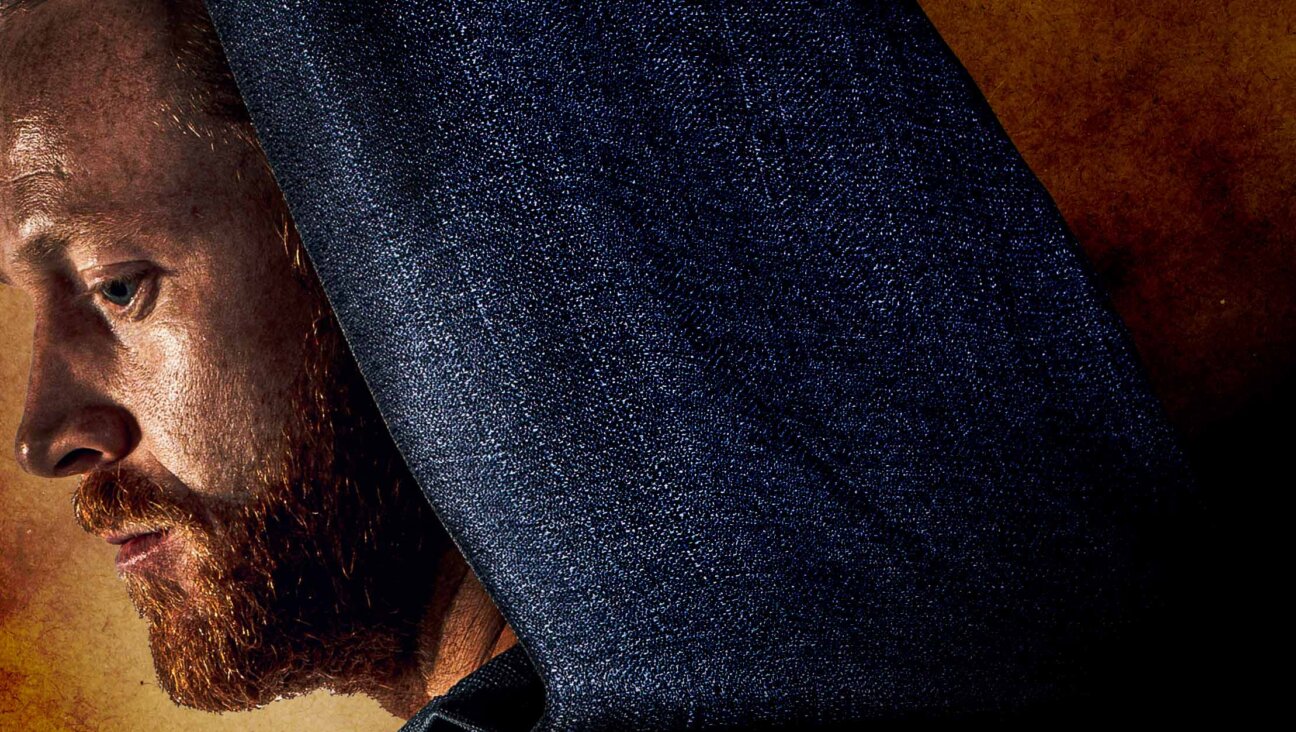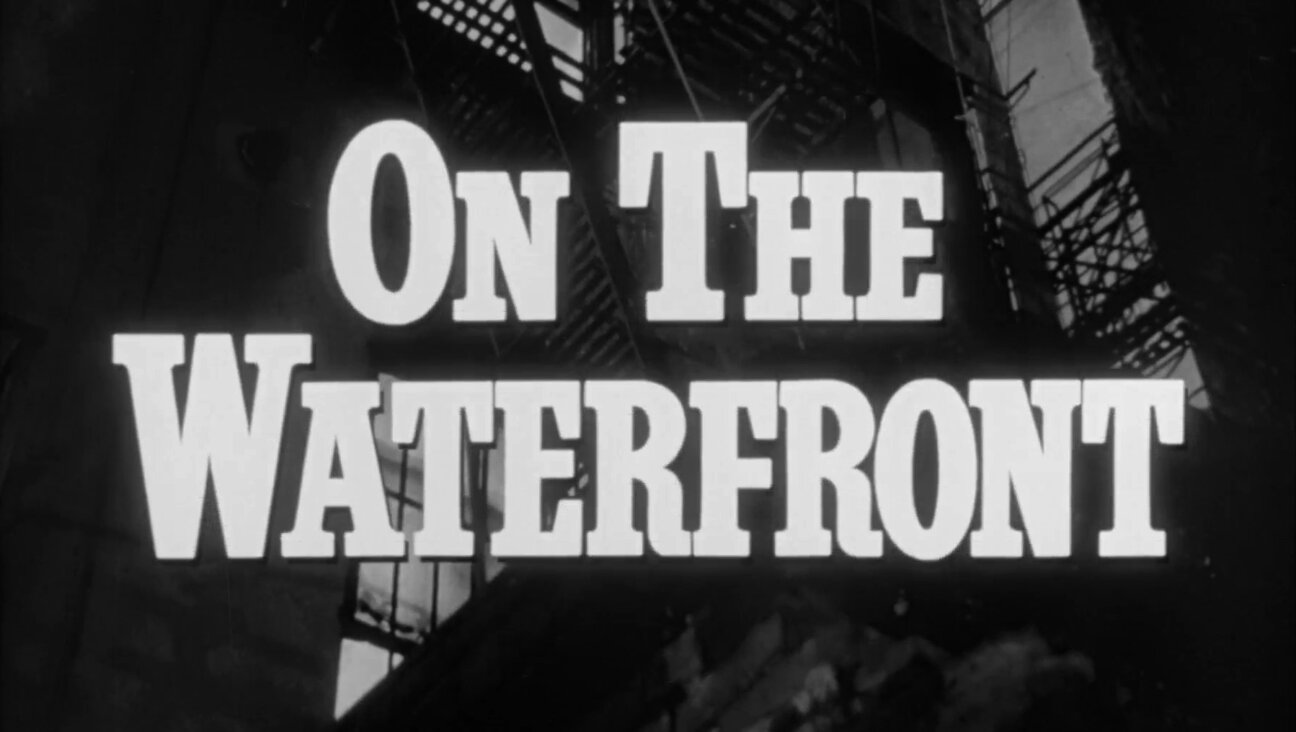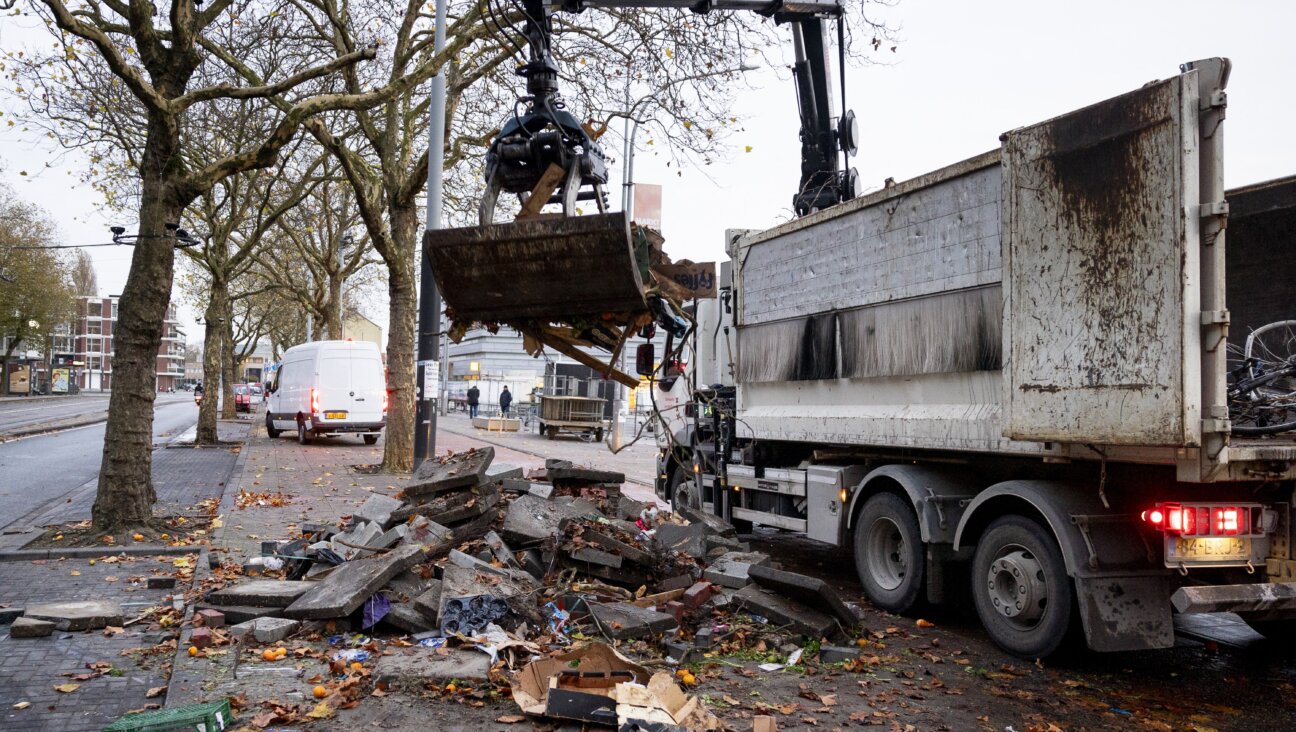A Painter on Earth Whose Brush Reaches the Heavens
‘I cannot imagine German culture without Judaism,” painter Anselm Kiefer said. “One thing is that Germans committed the immense crime of killing Jews. The other is that they amputated themselves. They took half of German culture and killed it.” As a result, Kiefer, who was born to Catholic parents in Donaueschingen, Germany, during the final months of World War II, has become a slightly obsessive aesthetic documenter of the Holocaust.
Perhaps in the tradition of his teacher, German conceptualist Joseph Beuys — who recalled that “everyone went to church, and everyone went to the Hitler Youth” — Kiefer, whose work is on display through September 10 at the Hirshhorn Museum and Sculpture Garden in Washington, D.C., uses a highly wide range of “found objects” to create his blend of Holocaust art, including symbols from Ancient Egypt, Greek and Nordic cultures; Jewish mysticism; early Christian theology, and alchemy.
But if Kiefer sees his role as shaped by a historical narrative that demands “looking more carefully into the darkness” embedded within each light, he also sees a potential for meaning in his quest to discover heaven. Barbed wire pierces the surface of “Heaven on Earth” (1998-2004), which resembles a dry, cracked desert floor, begging the question: Where within the barbed wire and cracked earth of the Holocaust could a heaven possibly lurk?
Clearly, Kiefer’s heaven has little to do with angels, lyres and white clouds. “There is no reason to assume that heaven is in the sky or that it is filled with light,” Kiefer said regarding his sculptural network of tunnels thousands of yards long, which lies under his property in an old 200-acre silkworm nursery in Barjac, in the south of France. (Silkworms carry special kabbalistic significance to Kiefer.)
“We are capable of thinking very high and very low. Placing ourselves between heaven and earth is more difficult,” Kiefer said in the catalog. This spatial mapping of between-ness also surfaces in “Sefer Hechaloth” (2002), which references the angel-laden ladder to the heavens that Jacob dreamed of on the road between Beersheba and Haran. The mixed-media painting of oil, emulsion, acrylic, metal shelves and burned books contains the word Merkaba, a kabbalistic reference (literally “chariot”) to Ezekiel’s prophecy.
Sefer Hechaloth, loosely defined as “Book of the Palaces,” is often identified with the pseudepigraphal “Third Book of Enoch” and “Hekhalot Rabbati,” a road map to ascending the seven heavenly palaces. Kiefer’s stairway of books assumes the same spatial ambiguity that surrounds the ladder of the biblical Jacob: It points both to the heavens and to the earth (and potentially hell) below.
“Book With Wings” (1992-1994) is also bottom heavy. The sculpture of lead, steel and tin shows a codex book on a pedestal with two wings — which would perfectly fit the clichéd cartoon angel — as ironic and useless as ostrich wings that indicate flight potential for bodies too heavy to fly.
It is tempting to read Kiefer’s works as pessimistic and heretical in their inability to locate heaven. Curator Michael Auping says that the show is not “about religion, but about why we keep looking for heaven and not finding it.” And yet, one look at Kiefer’s Chagall-like titles — “Shevirat Ha-Keilm,” “Everyone Stands Under His Own Dome of Heaven,” “Send Forth Your Spirit,” “Aaron” and “The Starred Heaven” — shows that the work, although bound to the earth by its feet like Jacob’s ladder, aims to soar.
Menachem Wecker is a painter and the assistant editor of B’nai B’rith Magazine in Washington, D.C.
A message from our CEO & publisher Rachel Fishman Feddersen

I hope you appreciated this article. Before you go, I’d like to ask you to please support the Forward’s award-winning, nonprofit journalism during this critical time.
At a time when other newsrooms are closing or cutting back, the Forward has removed its paywall and invested additional resources to report on the ground from Israel and around the U.S. on the impact of the war, rising antisemitism and polarized discourse.
Readers like you make it all possible. Support our work by becoming a Forward Member and connect with our journalism and your community.
— Rachel Fishman Feddersen, Publisher and CEO






















